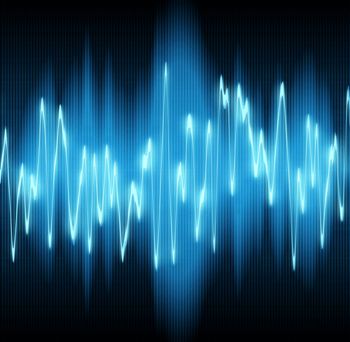 A big thanks goes out to The Oshmar for sending us this interesting report.
A big thanks goes out to The Oshmar for sending us this interesting report.
According to the U.S. Department of Interior, the increase in seismic activity can be traced down to industrial drilling. There appears to be a link between an increase in earthquakes around locations in where deep drilling is being done, but it’s not because of the drilling itself. According to scientists who have been researching this problem for years, the injection of wastewater in deep disposal wells is what’s causing the quakes.
Interesting to note that “fracking” leads to an increase in seismic activity. This is something that has been speculated by many for awhile now, but there had been no official investigation until now. Could the drilling also be responsible for some of the strange noises that have been reported across the globe?
More recently, the mysterious hum in Canada has been traced to an industrial site in the U.S. Hmmmm…..
Source: U.S. Department Of Interior
An increase in earthquakes such as this prompts an important question: are they natural, or man-made? To address this question, a team of USGS scientists led by Bill Ellsworth of the Earthquake Science Center analyzed changes in the rate of earthquake occurrence in the midcontinent using large USGS databases of earthquakes recorded since 1970.
Our scientists then took a closer look at earthquake rates in regions where energy production activities have changed in recent years. The following findings will be presented on April 18 at the annual meeting of the Seismological Society of America, with a published study forthcoming.
Preliminary Findings
USGS’s studies do not suggest that hydraulic fracturing, commonly known as “fracking,” causes the increased rate of earthquakes. USGS’s scientists have found, however, that at some locations the increase in seismicity coincides with the injection of wastewater in deep disposal wells.
Wastewater is a byproduct of oil and natural gas production from tight shale formations and coal beds. Generally, wastewater produced from many oil and gas production wells within a field may be injected through a single or just a few disposal wells.
In preliminary findings, our scientists cite a series of examples for which an uptick in seismic activity is observed in areas where the disposal of wastewater through deep-well injection increased significantly. These areas tend to be in the middle of the country – mostly in Colorado, Texas, Arkansas, Oklahoma and Ohio.
Read more: U.S. Department Of Interior
4 comments





